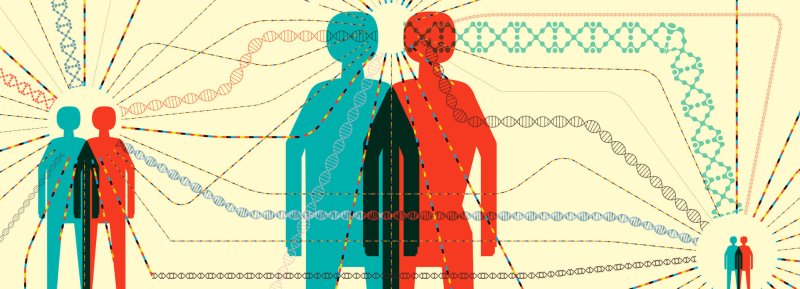The largest genetic analysis of postmortem brain tissue to date has yielded maps of when and where genes are turned on and off throughout life — and how that expression is altered in autism.
Researchers published their analysis in a trio of papers on Thursday in Science. [here, here and here]
…
The researchers analyzed postmortem brain tissue from more than 2,000 people, including about 50 with autism. …
“We use [this] to get new insights into which cell types, time points and biological processes are affected in neuropsychiatric disorders,” says Nenad Sestan, professor of neuroscience at Yale University, who led one of the studies.
…
Sestan’s study charts the expression of genes in 16 brain regions, from prenatal stages to adulthood. Autism genes are typically most active during mid-fetal development, in excitatory neurons located deep in the cerebral cortex, the brain’s outer layer, the researchers found.
Another study profiles how genes are expressed in the brains of people who have autism, schizophrenia or bipolar disorder. …
A third study cross-references gene-expression data with variations in genetic sequences to tease out the factors that control gene expression in the brain.
“This is an amazing amount of complex information,” says Karoly Mirnics, director of the Munroe-Meyer Institute for Genetics and Rehabilitation at the University of Nebraska in Omaha, who was not involved in any of the studies. “It provides an endless set of data for generating hypotheses that are testable.”
Read full, original post: Massive analysis refines map of autism’s genetic roots































